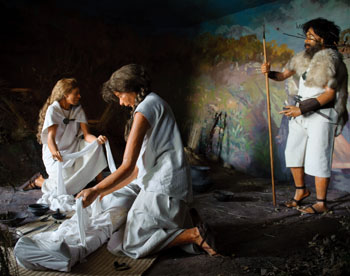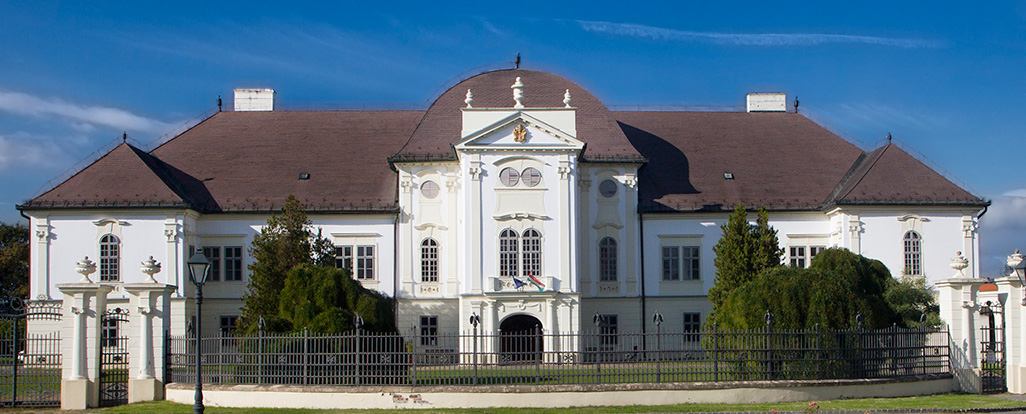Current Exhibitions
"The Past Kept in Finds" – Prehistoric Archaeology of Nógrád County

Aspects of the Neolithic Period in Nógrád County
In the 9th–8th millennium B.C. in the so-called Fertile Crescent some hunter-gatherer communities succeeded in domesticating certain animal species and cultivating crops. This process, namely the transition to agriculture, is called the 'Neolithic Revolution'. The new subsistence economy increased the carrying capacity of a given area and triggered a population growth.
The demographic pressure made the colonisation of new arable lands necessary. Communities with this new way of life reached the Carpathian Basin in the 7th–6th millennium B.C., although they first appeared in our area (Nógrád County) in the 6th millennium B.C. The new population introduced new animal species, e.g. goat and sheep, and new plants, e.g. wheat. They used vessels made of clay, which became one of the most important sources of the prehistoric archaeology.

Rituals and Religious Beliefs in the Bronze Age
The historical period called Bronze Age was named after a metal alloy of copper and tin, sometimes copper and antimon or arsenic. The down of the Bronze Age communities is dated to the second half of the third millennium B.C. and their end to ca. 800 B.C., the time of the discovery of a new metal: iron.
The Bronze Age economy was based on intensive crop cultivation and animal husbandry. They grew various cereals (wheat, oat, barley), vegetables and fruits (bean, lentil, pea, apple) and raised cattle, pig, goat and sheep, and most importantly horse. The metal production reveals a high level of knowledge and skill, and bonze and gold products reflect a stable and growing economy: bronze - beside gold - become measure for wealth and power.
Weapons and finely manufactured jewellery and dress implements were all valuable prestige it ems and symbols of power. The bronze artifacts were often ornamented with figural representation like bird, sun, wheel, star and boat motivs reflecting religious believes.
ems and symbols of power. The bronze artifacts were often ornamented with figural representation like bird, sun, wheel, star and boat motivs reflecting religious believes.
The uncovering of cemeteries provides the archaeologists a better understanding of believes and attitudes of praehistoric communities. In our area (Nógrád County) most populations cremated their dead. The funerary practices were strictly regulated and were supplemented by various ritual ceremonies. The ashes and the bronze jewellery were placed in vessels called urns, the deceased were also provided with vessels containing food and beverage for the journey in the afterworld.




